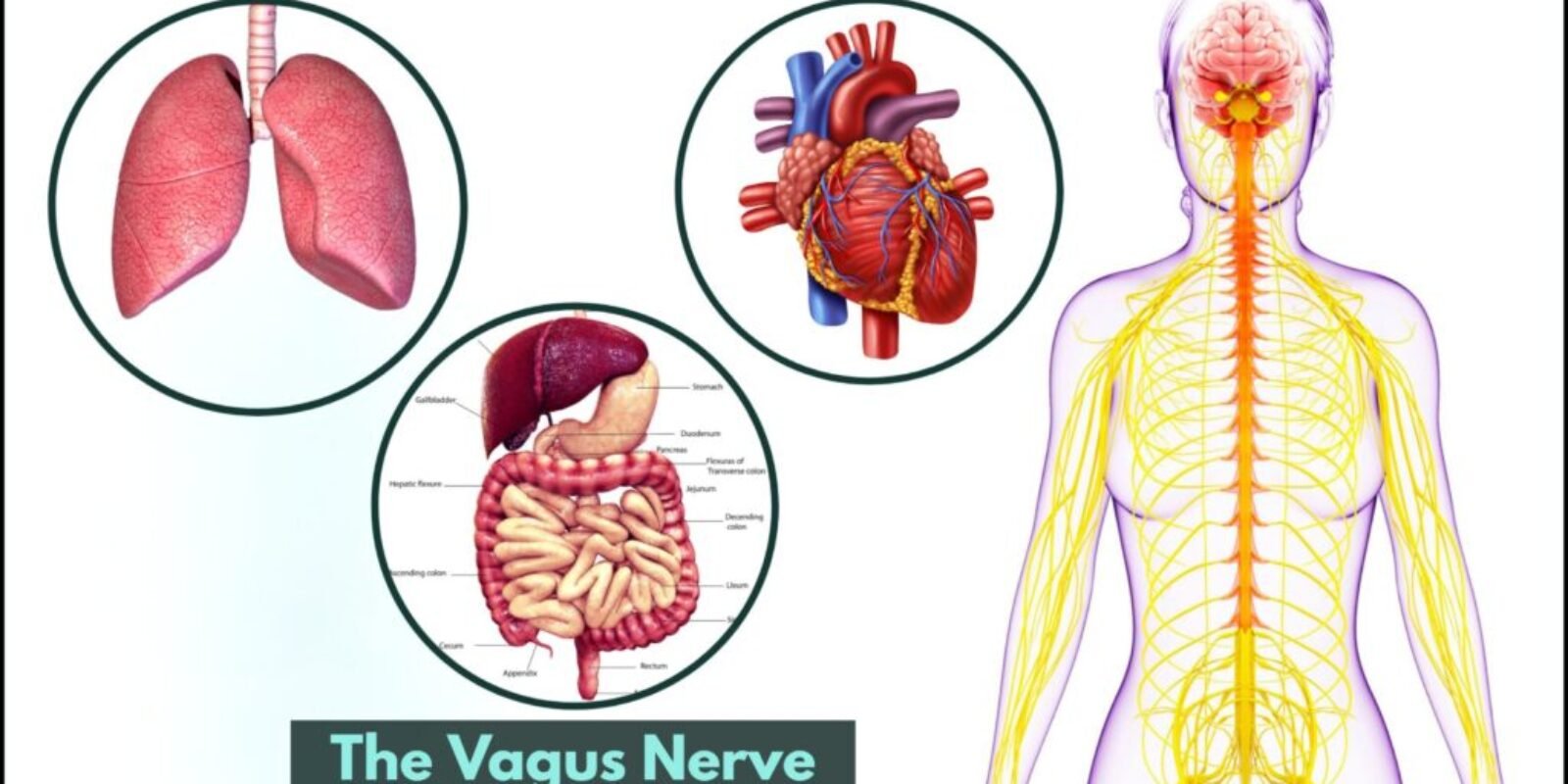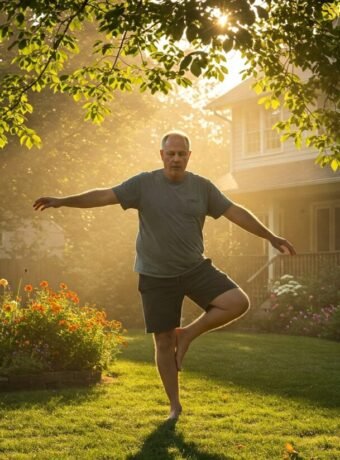The human body is a marvel of intricate networks, and among these, the vagus nerve stands out as a critical communication pathway. Extending from the brainstem down to the abdomen, it acts as a superhighway, relaying signals between the brain and a vast array of vital organs, including the heart, lungs, and the digestive system.
This extensive nerve plays a pivotal role in controlling numerous involuntary bodily functions, such as digestion, heart rate regulation, and breathing. In medical science, a technique known as Vagus Nerve Stimulation (VNS) has emerged to tap into this vital network. VNS involves the use of electrical impulses to stimulate the vagus nerve, thereby modulating its activity and influencing the communication between the brain and the body.
This modulation can lead to a calming effect on irregular electrical activity within the brain and can also alter the levels of crucial neurotransmitters. This report will explore five significant health facts associated with Vagus Nerve Stimulation techniques, each supported by evidence from authoritative medical sources.
These techniques encompass both invasive methods, which involve the surgical implantation of a device, and non-invasive approaches that stimulate the nerve through the skin.

Unlocking the Vagus Nerve: Essential Health Facts for a Vibrant, Well-Balanced Life
The vagus nerve—often dubbed the “wandering nerve”—is the body’s very own superhighway. Originating from your brainstem, it winds its way all the way down through your neck to your heart, lungs, and tummy, keeping everything running smoothly. Think of it as the ultimate behind-the-scenes conductor, ensuring your heartbeat, digestion, and breathing are all in perfect harmony.
For seniors and retirees, this “wandering nerve” plays a vital role in helping you stay relaxed, balanced, and ready to enjoy life’s next chapter. Now, there’s a fascinating technique called Vagus Nerve Stimulation, or VNS, that’s showing real promise in helping to keep this conductor in top shape. VNS uses gentle electrical pulses to stimulate the vagus nerve, which can have a calming and balancing effect on various bodily functions.
It’s like giving your body’s natural healer a little boost! Let’s explore five important things you should know about how Vagus Nerve Stimulation techniques can contribute to your health and well-being. These techniques can range from simple, non-invasive methods you can explore easily, to more involved options that your doctor might recommend.
Prefer to listen rather than read?
The Role of Vagus Nerve in Senior Health
The vagus nerve might start to respond less effectively as you grow older. Gradual degrading of the nerve affects your health and well-being. The vagus nerve, also known as the 10th cranial nerve, is essential to the parasympathetic nervous system and is crucial in controlling various bodily functions.
So, how does it work? The vagus nerve collects data on organ function and relays messages from the brain stem to the body. This communication helps regulate digestion, heart rate, and even our voice. Additionally, researchers have linked the vagus nerve to mood regulation and immune system functionality.
This is why the vagus nerve — the longest of the 12 cranial nerves — is also sometimes called an “information superhighway.” Dr Tracey compares it to long-distance telephone cables. “It’s not a mishmash of signals,” he says. “Every signal has a specific job.”
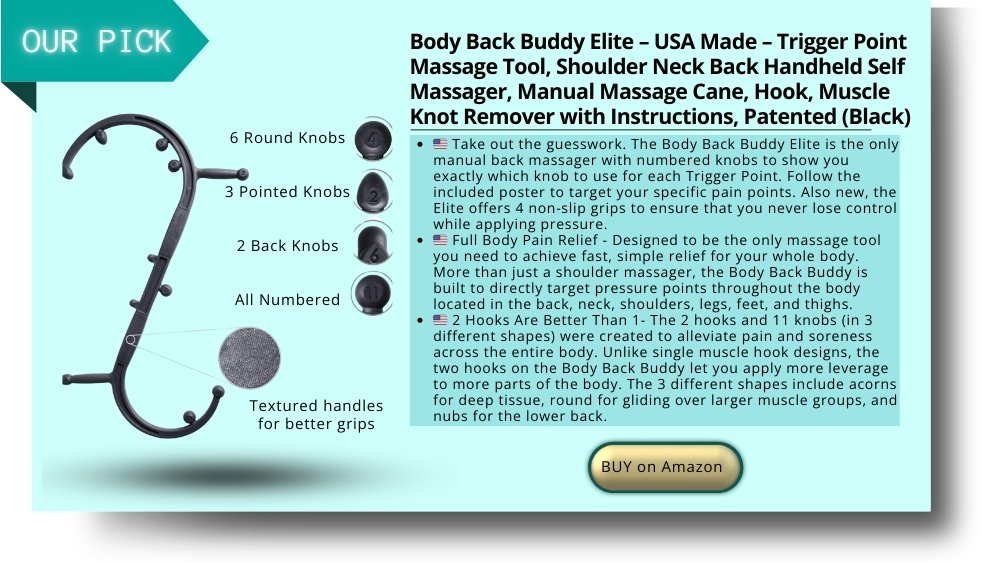
Understanding the intricate workings of this nerve can guide healthcare professionals in developing targeted interventions to support senior health. Cognitive decline is a common concern among the aging population, and the vagus nerve’s role in this aspect cannot be overlooked.
The “vagus nerve” is made up of thousands of fibers. These fibers begin at the brain stem. It travels down both sides of the neck and extends into the torso. From there, they reach various internal organs. Dr. Kevin Tracey explains this complex network. The vagus sends signals between the brain and the body. It also releases neurotransmitters. These are crucial for memory and cognitive functions.
As people age, if the vagus nerve becomes less responsive, they might find it harder to concentrate, remember things, or think clearly. Understanding this, healthcare professionals can create treatments that stimulate the vagus nerve, potentially helping slow cognitive decline and enhance brain health in seniors.
Mood disorders like depression and anxiety are common in older adults, and the vagus nerve is key in managing emotions and mood. If this nerve isn’t working well, seniors could face a higher risk of mood disorders or more severe symptoms.
Recognizing the link between the vagus nerve and mental health allows healthcare professionals to devise strategies focusing on nerve stimulation to boost emotional well-being in seniors. Techniques such as vagus nerve stimulation, deep breathing exercises, and meditation have shown promise in reducing symptoms of depression and anxiety in seniors.

The vagus nerve affects your immune system. As it becomes less responsive in seniors, their immune response can weaken. This happens because the nerve helps regulate inflammation and immune function. When it isn’t as active, seniors might find it harder to fight off infections and diseases.
This can lead to more frequent and severe infections. An affected vagus nerve can also slow wound healing and a higher risk of getting sick. Knowing this, healthcare professionals can introduce measures to stimulate the vagus nerve. These could include physical exercise, acupuncture, and techniques to reduce stress.
Benefits of Vagus Nerve Stimulation for Seniors
Vagus nerve stimulation techniques have gained increasing attention in recent years for their potential to offer numerous benefits for seniors, enhancing their overall well-being and quality of life.
These techniques go beyond just improving memory and cognitive function, although this is a significant advantage for older adults. By delving deeper into their impact, we discover a world of possibilities that can positively influence various aspects of seniors’ lives.
Reducing Anxiety and Depression
Anxiety and depression are common companions in the lives of many seniors. However, vagus nerve stimulation emerges as a beacon of hope through its profound impact on these emotional challenges.
By applying controlled electrical impulses to the vagus nerve, it has been shown to significantly reduce levels of anxiety and depression. This bold approach to treatment holds the promise of restoring emotional balance and granting seniors a renewed sense of calm and contentment.
Improving Sleep Quality
Adequate sleep is the cornerstone of optimal health, yet many seniors grapple with sleep disturbances. Vagus nerve stimulation steps in as a potential remedy, wielding its influence over sleep patterns.

The vagus nerve’s stimulation is believed to regulate sleep-related neurotransmitters, fostering a deeper, more restful slumber. By embracing it, seniors can embark on nights of rejuvenating sleep, awakening with a renewed vigour for the day ahead.
Boosting Natural Healing
As the years go by, the body’s natural healing processes may begin to wane. Vagus nerve stimulation, however, introduces a captivating prospect – the activation of the body’s intrinsic healing mechanisms.
Through its stimulation of the vagus nerve, it prompts the release of anti-inflammatory agents and growth factors, expediting the healing of tissues and promoting overall wellness. Seniors who harness the potential of VNS are tapping into a reservoir of rejuvenation, enabling their bodies to restore vitality and vigour.
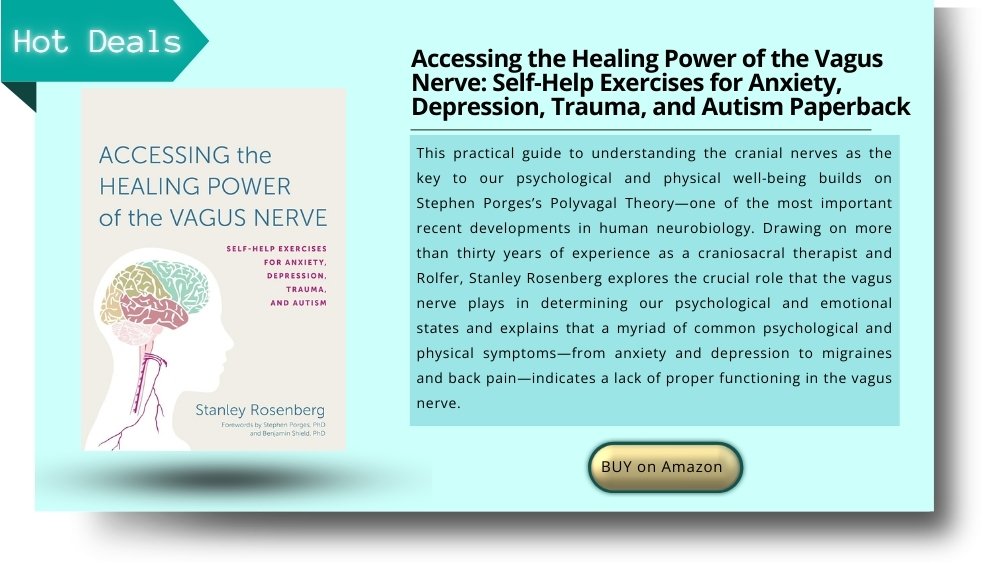
Alleviating Chronic Pain
Chronic pain can cast a shadow over seniors’ lives, diminishing their mobility and eroding their quality of life. The bold utilization of vagus nerve stimulation emerges as a beacon of relief for these individuals.
By modulating pain perception pathways, VNS can alleviate chronic discomfort, restoring freedom of movement and reigniting a sense of autonomy. Seniors embracing this technique are embarking on a journey towards a life unburdened by the shackles of persistent pain.
Different Techniques of Vagus Nerve Stimulation
Several techniques can be employed to stimulate the vagus nerve. These include non-invasive methods like deep breathing exercises, as well as more advanced approaches such as transcutaneous vagus nerve stimulation (tVNS) and implanted devices. Each technique has its advantages and considerations, making it important to choose the most suitable approach for individual seniors.
Deep Breathing Exercises
At the foundation of vagus nerve stimulation lies the art of deep breathing. This non-invasive technique holds the power to stimulate the vagus nerve naturally. Through slow, deliberate inhalations and exhalations, seniors can activate the parasympathetic nervous system, promoting a state of relaxation and calm.
Deep breathing exercises are easily accessible, making them an ideal starting point for seniors seeking to harness the benefits of VNS without the need for specialized equipment.
Transcutaneous Vagus Nerve Stimulation (tVNS)
For those intrigued by a more direct approach, Transcutaneous Vagus Nerve Stimulation (tVNS) presents a compelling option. This technique involves the application of gentle electrical currents to specific skin areas, with the aim of stimulating the vagus nerve.
tVNS is a non-invasive method that offers controlled nerve activation, potentially aiding in anxiety reduction, mood enhancement, and improved sleep. Seniors can explore this avenue with the guidance of healthcare professionals to ensure safe and effective application.
Implanted Devices
For seniors seeking a comprehensive and lasting solution, implanted devices stand as a technological marvel. These devices are strategically placed to provide continuous vagus nerve stimulation. As seniors go about their daily lives, these devices work behind the scenes, fostering the benefits of VNS seamlessly.
While the process involves a surgical procedure, implanted devices offer a more consistent and potent form of stimulation, making them a valuable consideration for seniors dealing with chronic conditions. Each VNS technique comes with its distinct advantages and considerations, necessitating a thoughtful approach to selection, each tailored to varying needs and preferences.
From the simplicity of deep breathing exercises that enhance overall relaxation to the convenience of tVNS, offering targeted stimulation with ease, and the potential life-altering impact of implanted devices for seniors facing enduring health issues, the choices are diverse.
It is crucial, however, to emphasize the importance of consulting a medical professional before embarking on any VNS journey. The guidance of a doctor ensures that the chosen technique aligns with an individual’s specific medical history, requirements, and goals, thereby optimizing the chances of a safe and effective experience.
Healthcare consultation is important before thinking about vagus nerve stimulation. This technique, which can significantly impact various health areas, should be tailored to your specific needs. A doctor’s guidance is essential because they can evaluate your health condition, discuss potential benefits, and address any risks. They’ll help you navigate the options and ensure that any treatment plan maximizes your health benefits safely and effectively. Medical advice s a vital step in making informed decisions about your health.
Safety and Considerations
Expanding on the topic of safety and considerations related to vagus nerve stimulation, it’s crucial to highlight that although this technique holds great potential, it’s not without its precautions, particularly when considering seniors.
While vagus nerve stimulation can provide a range of advantages, such as improved mood, enhanced cognitive function, and even potential pain relief, the well-being of seniors should always be the top priority.

Before seniors embark on any vagus nerve stimulation regimen, a comprehensive consultation with their healthcare providers is essential. This step becomes even more crucial if they have pre-existing medical conditions or if they are currently taking medications.
The reason for this caution lies in the fact that both medical conditions and medications can interact with vagus nerve stimulation, potentially leading to unforeseen complications.
How to Get Started with Vagus Nerve Stimulation
Embarking on a vagus nerve stimulation journey requires guidance and understanding. Seniors can start with simple techniques such as deep breathing exercises and gradually explore more advanced methods. Working with healthcare professionals who specialize in vagus nerve stimulation can provide seniors with tailored recommendations and ongoing support.
A personalized and tailored approach to vagus nerve stimulation is imperative to ensure that the chosen techniques align harmoniously with the unique health needs and circumstances of each senior individual. Factors such as the severity of any existing medical conditions, the type of medications being taken, and even the overall health profile of the senior must all be carefully considered.
Healthcare providers possess the expertise needed to evaluate whether vagus nerve stimulation is a suitable option for a senior, taking into account their medical history, current health status, and potential risk factors. It’s worth noting that the process of determining the appropriateness of vagus nerve stimulation can involve a thorough assessment of the potential benefits and possible risks for each individual.
Real-life stories of seniors experiencing positive outcomes from vagus nerve stimulation serve as inspiring examples. These success stories highlight the potential of these techniques to transform senior lives, improving cognitive clarity and reducing pain.
Integrating Vagus Nerve Stimulation into Senior Care Programs
In the realm of senior healthcare, the integration of Vagus Nerve Stimulation (VNS) holds immense promise. This innovative approach has the power to redefine how we address the well-being of older adults.
By seamlessly incorporating VNS techniques into existing senior care programs, we can potentially unlock a new era of holistic and impactful interventions. This holistic methodology, merging medical proficiency with complementary strategies, paves the way for the establishment of a comprehensive framework dedicated to enhancing the health and quality of life for seniors.
A Paradigm Shift in Senior Care
Integrating VNS into senior care programs marks a paradigm shift in how we approach healthcare for seniors. Traditional methods often focus solely on symptomatic treatment, but Vagus nerve stimulation introduces a proactive dimension by targeting the underlying physiological mechanisms.
By incorporating this innovative technique, senior care programs can transition from mere ailment management to a more proactive approach that promotes overall wellness and longevity.
Holistic Senior Well-being
The integration of VNS aligns seamlessly with the concept of holistic senior well-being. Senior care programs incorporating VNS can encompass a multi-faceted approach that combines medical expertise, psychological support, physical activities, and nutritional guidance. This holistic model acknowledges the interconnectedness of physical, mental, and emotional health, and empowers seniors to achieve a more balanced and fulfilling life.
Collaboration of Medical and Complementary Approaches
One of the strengths of integrating VNS into senior care programs lies in the collaboration between medical science and complementary approaches. Medical professionals, working hand in hand with practitioners of mindfulness, meditation, and relaxation techniques, can curate personalized intervention plans.

This synergy maximizes the potential benefits of VNS, addressing both the physiological and psychological aspects of senior well-being.
Enhancing Quality of Life
Ultimately, the integration of VNS has the potential to significantly enhance the quality of life for seniors. Through its influence on stress reduction, mood enhancement, and cognitive function, VNS can help seniors maintain their independence, engage in meaningful social interactions, and pursue activities that bring them joy. By embracing this revolutionary approach, we embark on a journey to provide seniors with not just extended life, but a life filled with vitality and purpose.
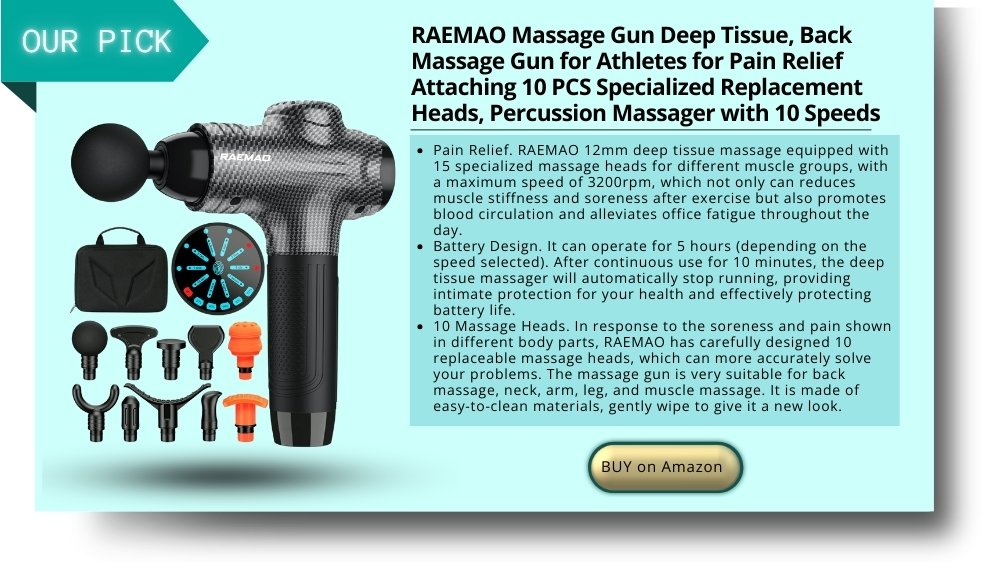
Conclusion
Enhancing senior health through vagus nerve stimulation techniques offers a multifaceted approach to addressing age-related health challenges. By tapping into the body’s natural mechanisms, seniors can experience improvements in cognitive function, emotional well-being, and overall quality of life.
As the field continues to advance, vagus nerve stimulation holds the promise of ushering in a new era of senior care that is personalized, effective, and empowering.
Disclaimer
The content provided on MySeniors.World is for informational purposes only and is not intended as either financial or medical advice. Always consult a qualified professional before making any investment or health-related decisions.
Posts may contain affiliate links, meaning we earn a commission – at no additional cost to you, if you click through and make a purchase. Your support helps us continue providing valuable content.
